Day Two
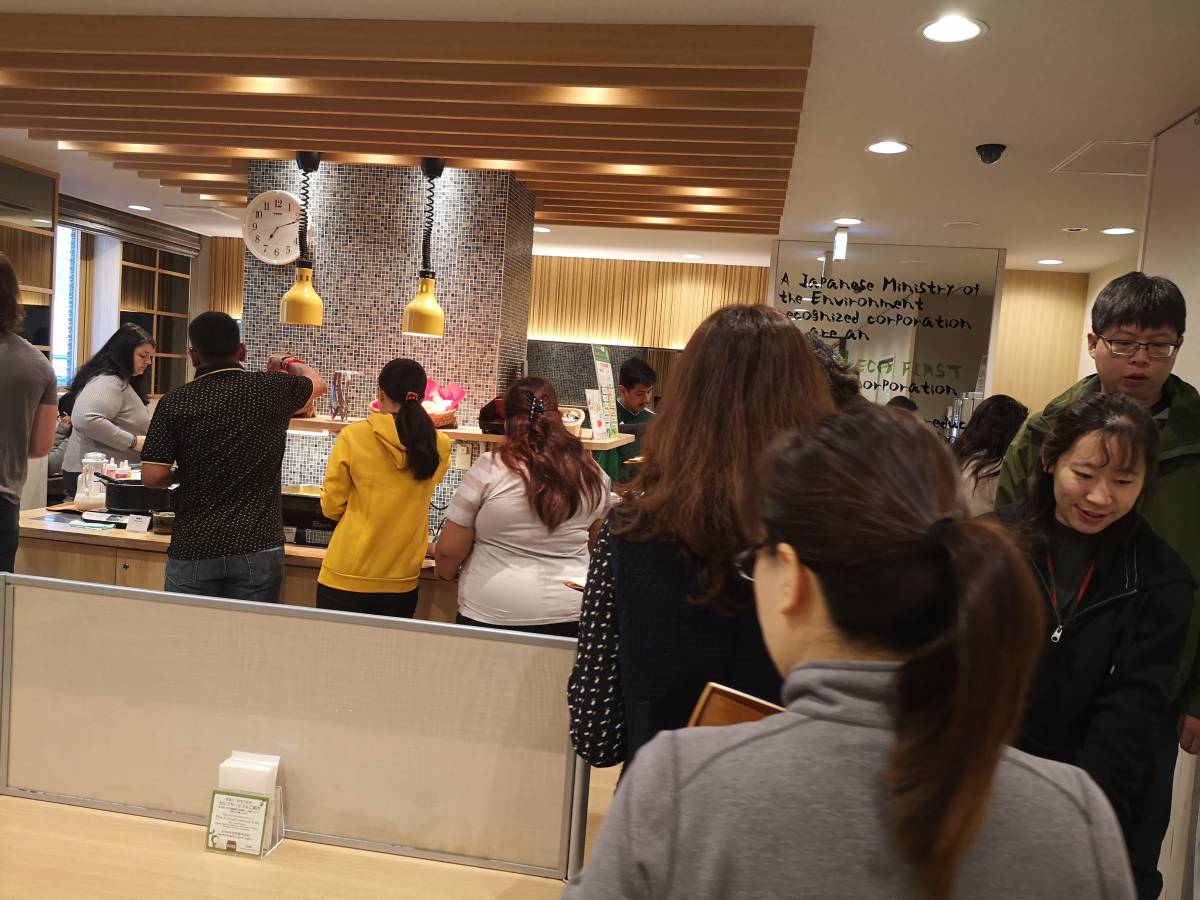
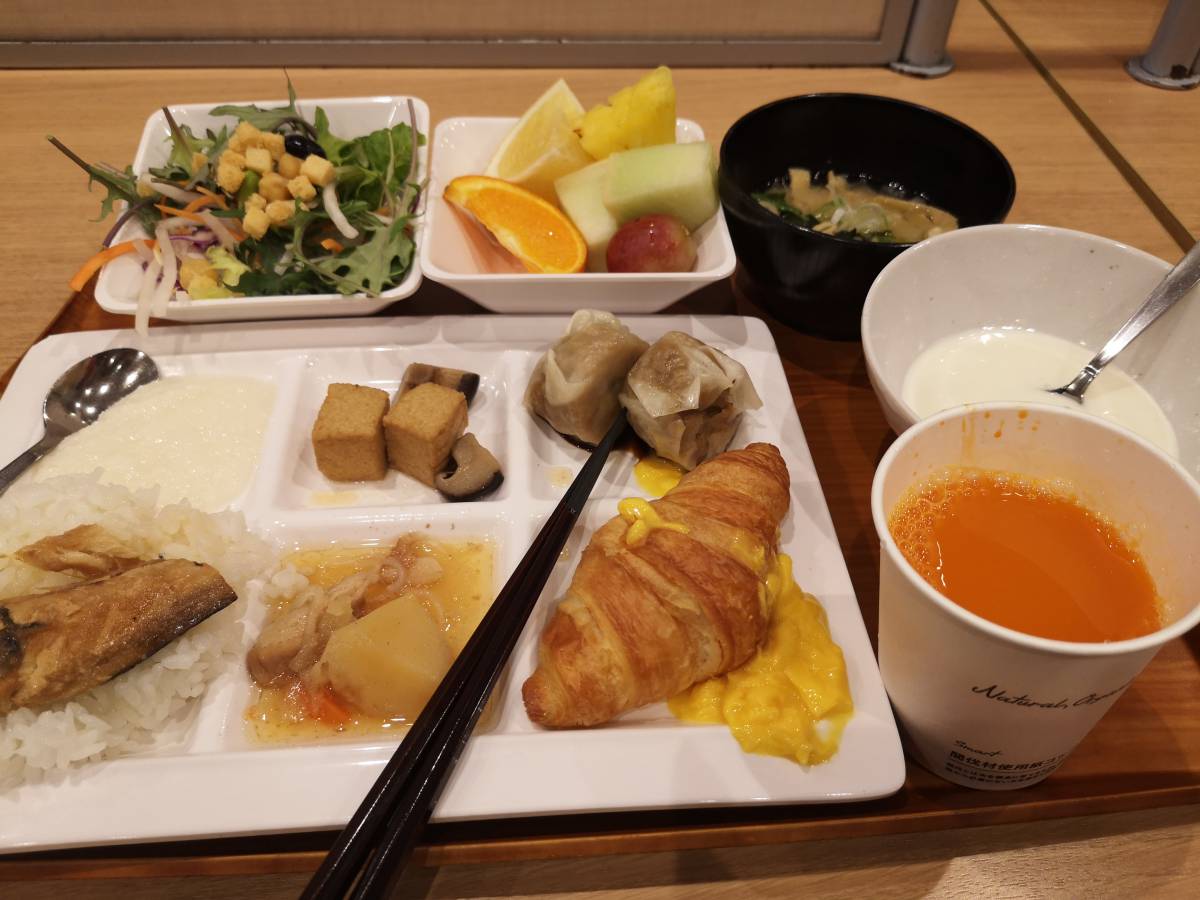
The train to Shinagawa took some time; It is rush hour and the trains are overloaded with commuters and no space to squeeze in with a travel bag. The trains roll in almost every minute so we waited till one stopped with less commuters and space for us.
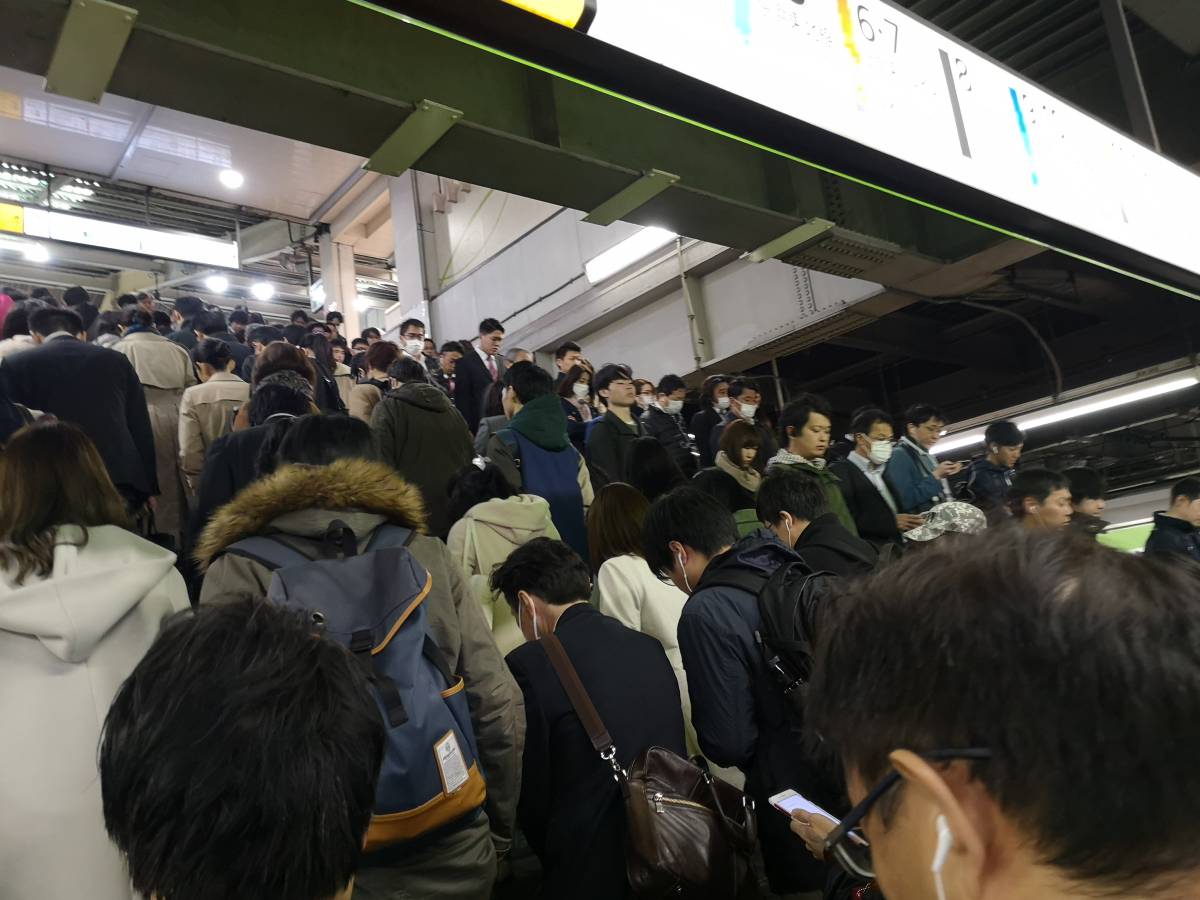
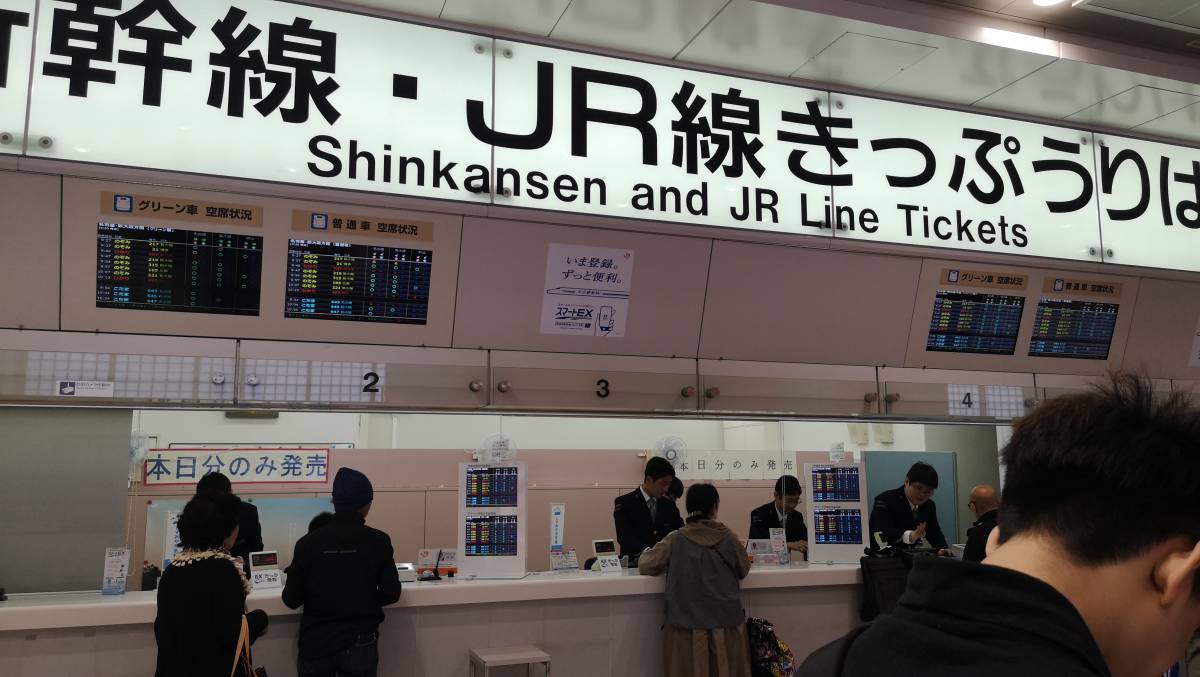
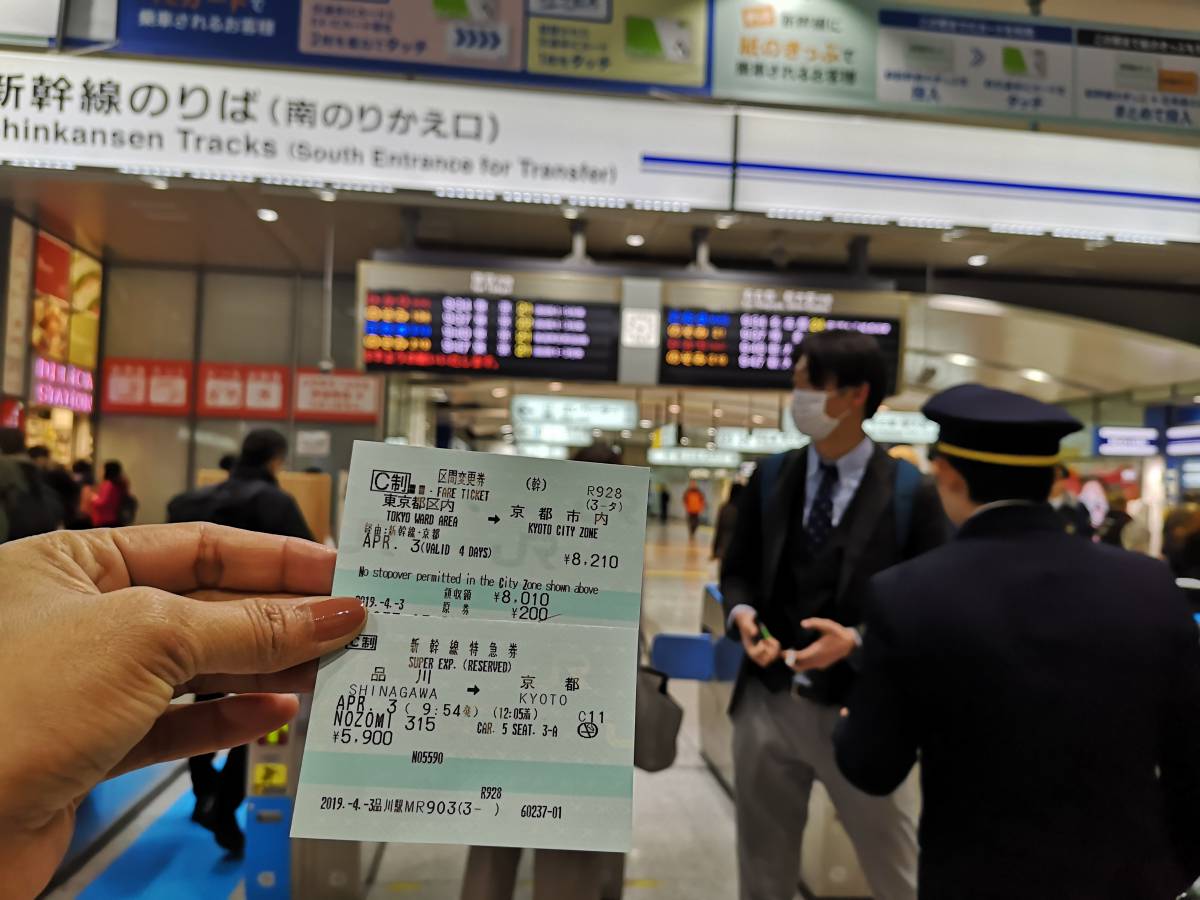 Top is the normal JR ticket, bottom is surcharge for Shinkansen
Top is the normal JR ticket, bottom is surcharge for Shinkansen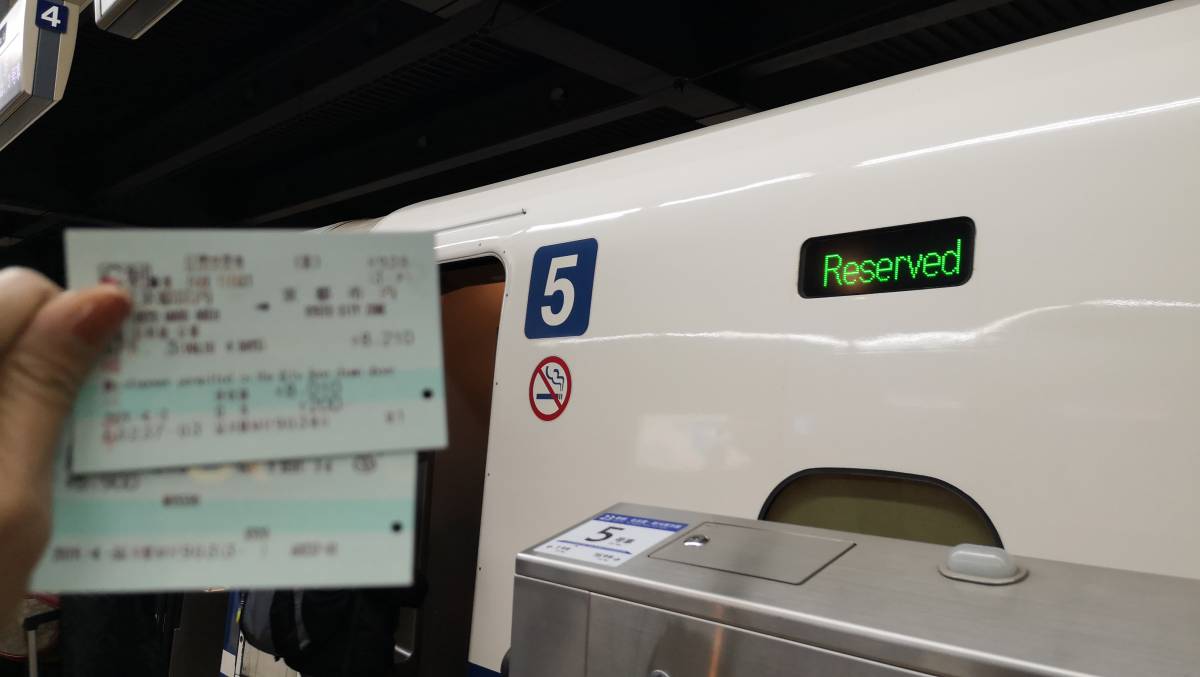 Train car number 5 is the one with the reserved seat
Train car number 5 is the one with the reserved seatAs we got on the platform a train rolled in that looked to be the one for us. Got on to the train and discovered that we are on an earlier train because the reserved seats are already taken. Punctuality is a Japanese virtue and the train is already rolling. A conductor passing through asked for the tickets and "politely" told us to get off the train on the next stop and wait for the next one! One of those senior moments...
While going slow out of Tokyo, the speed picks up on the country side. Jas captured some pictures of Mount Fuji.
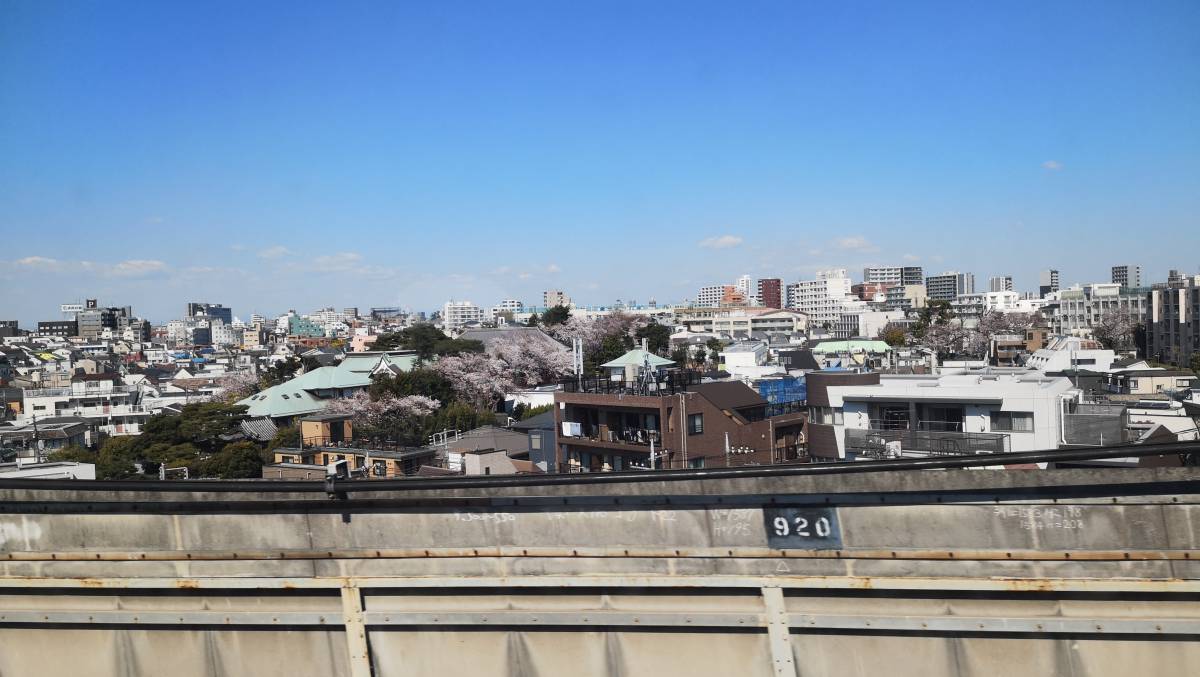 Leaving Metropole Tokyo
Leaving Metropole Tokyo 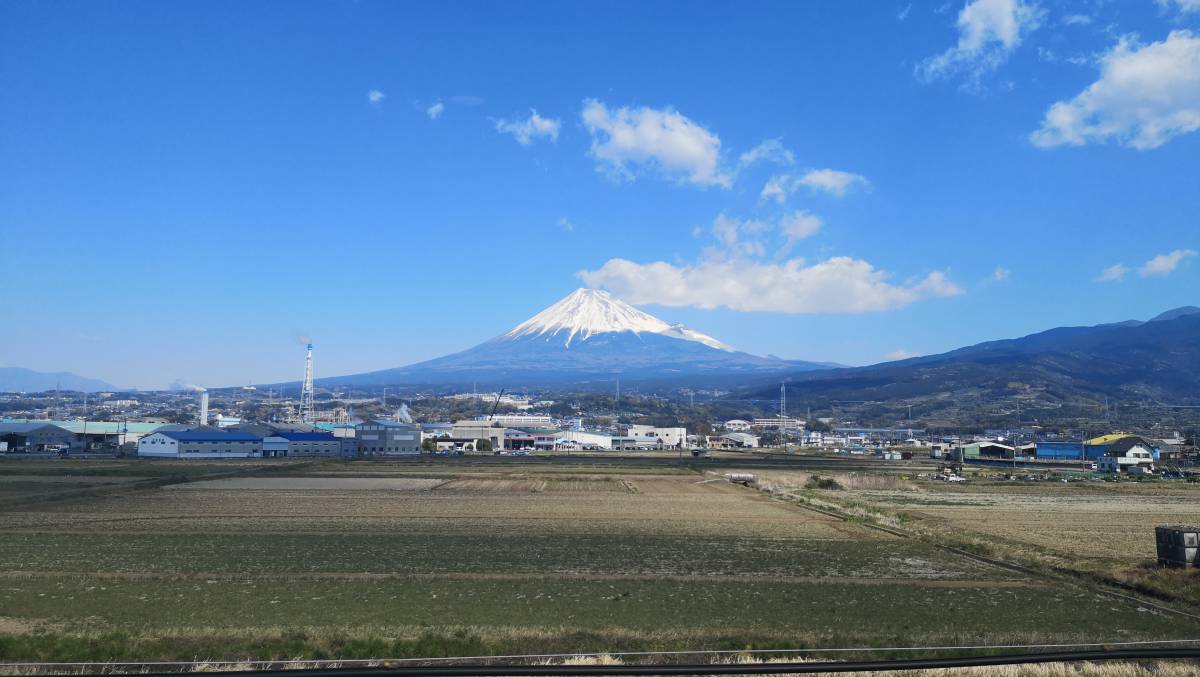 Majestic Mount Fuji
Majestic Mount Fuji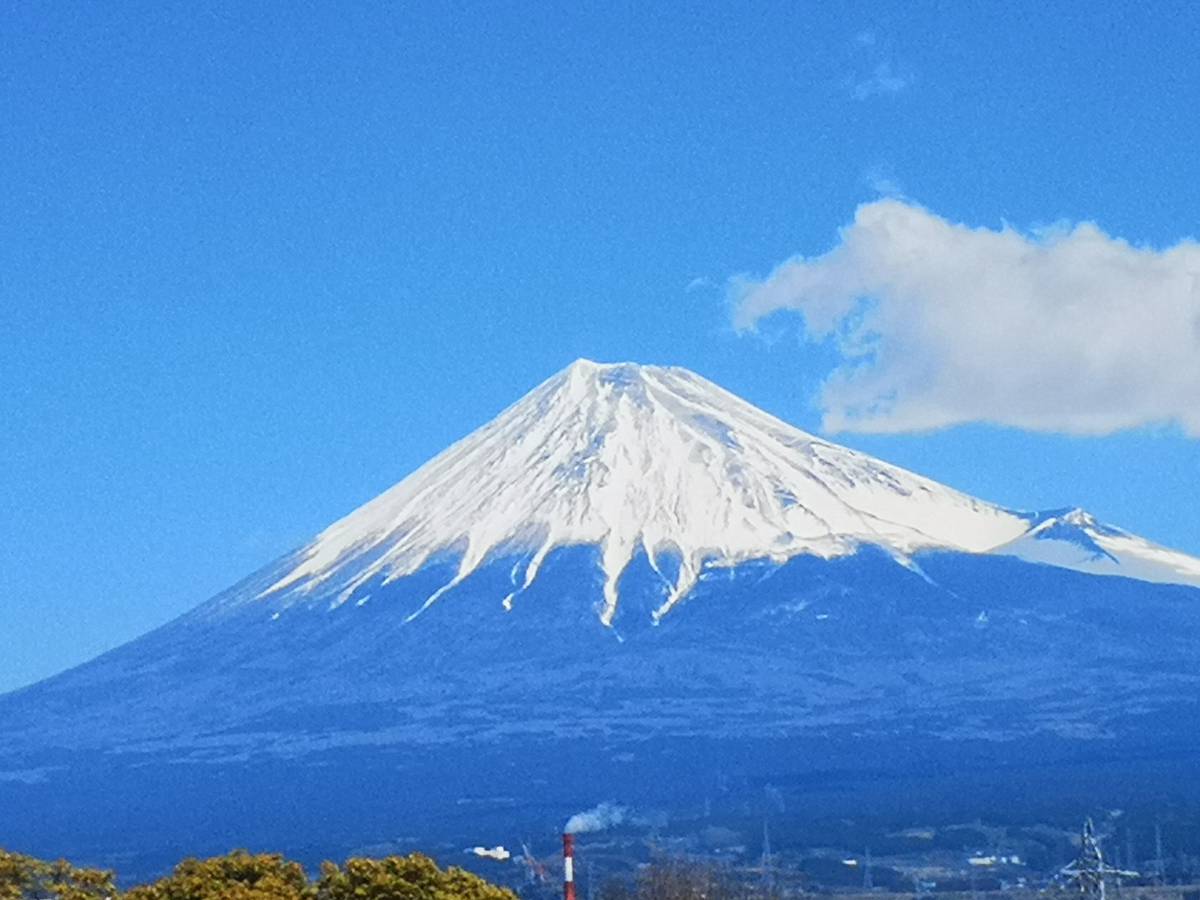 Majestic Mount Fuji
Majestic Mount FujiMount Fuji, Japanese Fuji-san, also spelled Fujisan, also called Fujiyama or Fuji no Yama, highest mountain in Japan. It rises to 12,388 feet (3,776 metres) near the Pacific Ocean coast in Yamanashi and Shizuoka ken (prefectures) of central Honshu, about 60 miles (100 km) west of the Tokyo-Yokohama metropolitan area. It is a volcano that has been dormant since its last eruption, in 1707, but is still generally classified as active by geologists. The mountain is the major feature of Fuji-Hakone-Izu National Park (1936), and it is at the centre of a UNESCO World Heritage site designated in 2013
While tradition holds that the volcano was created by an earthquake, the truth is more complex. Fuji seems to have formed during the past 2.6 million years. The present-day mountain is a composite of three successive volcanoes: at the bottom is Komitake, which was surmounted by Ko Fuji (“Old Fuji”) and, finally, by the most recent, Shin Fuji (“New Fuji”). Over the millennia the lava and other ejecta from Ko Fuji covered most of Komitake.
The volcano is considered active and has erupted more than 15 times since 781. However, Mount Fuji has been dormant since an eruption in 1707, and its last signs of volcanic activity occurred in the 1960s. Given concerns about the extensive damage that would be caused by an eruption, Fuji is monitored 24 hours a day.
Arriving in Kyoto, take a local train to a station close to the hotel. A short walk brings us to Hearton Hotel Kyoto. It's noon time but still too early for check-in (2PM). So we leave our bags for safekeeping and went on to our first destination.
First destination: Arashiyama
-
![Arashiyama-1]()
-
![Arashiyama-2]()
Walking to the hotel
-
![Arashiyama-3]()
-
![Arashiyama-4]()
Lunch time. Seafood Curry. Sounds more Indian than Japanese.
-
![Arashiyama-5]()
Get on the tram to Arashiyama station. It looks a bit dated but gets us to our destination.Instead of paying when you get on, pay when you get off the tram.
-
![Arashiyama-6]()
End station Arashiyama
-
![Arashiyama-7]()
-
![Arashiyama-8]()
Street towards temple sites lined with shops
-
![Arashiyama-9]()
More Cherry Blossom
-
![Arashiyama-10]()
-
![Arashiyama-11]()
Coffee shop.
-
![Arashiyama-12]()
Not only Cherry Blossoms
-
![Arashiyama-14]()
Pit stop
-
![Arashiyama-13]()
Traffic on the river
-
![Arashiyama-15]()
-
![Arashiyama-16]()
-
![Arashiyama-17]()
-
![Arashiyama-18]()
-
![Arashiyama-19]()
-
![Arashiyama-20]()
Bamboo forest
-
![Arashiyama-21]()
Bamboo groove
-
![Arashiyama-22]()
-
![Arashiyama-23]()
-
![Arashiyama-24]()
-
![Arashiyama-25]()




Arashiyama History Arashiyama and the adjoining Sagano area were developed in the Heian period of Japanese history when the Japanese imperial family and court nobles began building retreats here to enjoy the quiet, scenic surrounds. Even before this building boom, there were already many temples dotted throughout the area. In later years, the retired Emperor Go-Saga (1220-1272) had cherry trees from Mt. Yoshino in Nara replanted here, making Arashiyama a well-known cherry blossom spot, together with Mount Ogura just west for fall colors and deer.
Second destination: Kitayama Rokuon Temple




The site of Kinkaku-ji was originally a villa called Kitayama-dai (北山第), belonging to a powerful statesman, Saionji Kintsune. Kinkaku-ji's history dates to 1397, when the villa was purchased from the Saionji family by shōgun Ashikaga Yoshimitsu and transformed into the Kinkaku-ji complex. When Yoshimitsu died the building was converted into a Zen temple by his son, according to his wishes.Golden Pavilion following the 1950 arson
During the Ōnin war (1467–1477), all of the buildings in the complex aside from the pavilion were burned down.
On 2 July 1950, at 2:30 am, the pavilion was burned down by a 22-year-old novice monk, Hayashi Yoken, who then attempted suicide on the Daimon-ji hill behind the building. He survived, and was subsequently taken into custody. The monk was sentenced to seven years in prison, but was released because of mental illnesses (persecution complex and schizophrenia) on 29 September 1955; he died of tuberculosis in March 1956. During the fire, the original statue of Ashikaga Yoshimitsu was lost to the flames (now restored). A fictionalized version of these events is at the center of Yukio Mishima's 1956 book The Temple of the Golden Pavilion.
The present pavilion structure dates from 1955, when it was rebuilt. The pavilion is three stories high, 12.5 meters (40 feet) in height. The reconstruction is said to be a copy close to the original, although some doubt such an extensive gold-leaf coating was used on the original structure. In 1984 the coating of Japanese lacquer was found to be a little decayed and a new coating, as well as gilding with gold-leaf, much thicker than the original coatings (0.5 µm instead of 0.1 µm), was completed in 1987. Additionally, the interior of the building, including the paintings and Yoshimitsu's statue, were also restored. Finally, the roof was restored in 2003. The name Kinkaku is derived from the gold leaf that the pavilion is covered in. Gold was an important addition to the pavilion because of its underlying meaning. The gold employed was intended to mitigate and purify any pollution or negative thoughts and feelings towards death. Other than the symbolic meaning behind the gold leaf, the Muromachi period heavily relied on visual excesses. With the focus on the Golden Pavilion, the way that the structure is mainly covered in that material creates an impression that stands out because of the sunlight reflecting and the effect the reflection creates on the pond.
On the way back to the hotel...
-
![Back-1]()
Entrance of Hirano shrine. It's already late afternoon
-
![Back-2]()
It's park similar to the Tokyo Onshi park where people come to celebrate Hamami, the Cherry Blossom season.
-
![Back-3]()
Leaving the park and on the way back to the hotel.
-
![Back-4]()
Even the streets are lined with cherry blossom trees.
-
![Back-5]()
Taking the bus direction Hotel. But we got of too soon and decided to walk.
-
![Back-6]()
Dinner time. A Japanese restaurant. Lets try this one!
-
![Back-7]()
Noodles, rice and some meat.
-
![Back-8]()
Friendly staff taking a picture
-
![Back-9]()
Pay and move on
-
![Back-10]()
-
![Back-11]()
Flowers on front porch
-
![Back-12]()
-
![Back-13]()
Inside Shinsen-en Garden.
-
![Back-14]()
Inside Shinsen-en garden
-
![Back-15]()
Pavillion Inside Shinsen-en garden
-
![Back-16]()
Flower along pedestrian walkway
-
![Back-17]()
Western style restaurant




Finally back in the hotel. We bought some late night snacks on the way back.
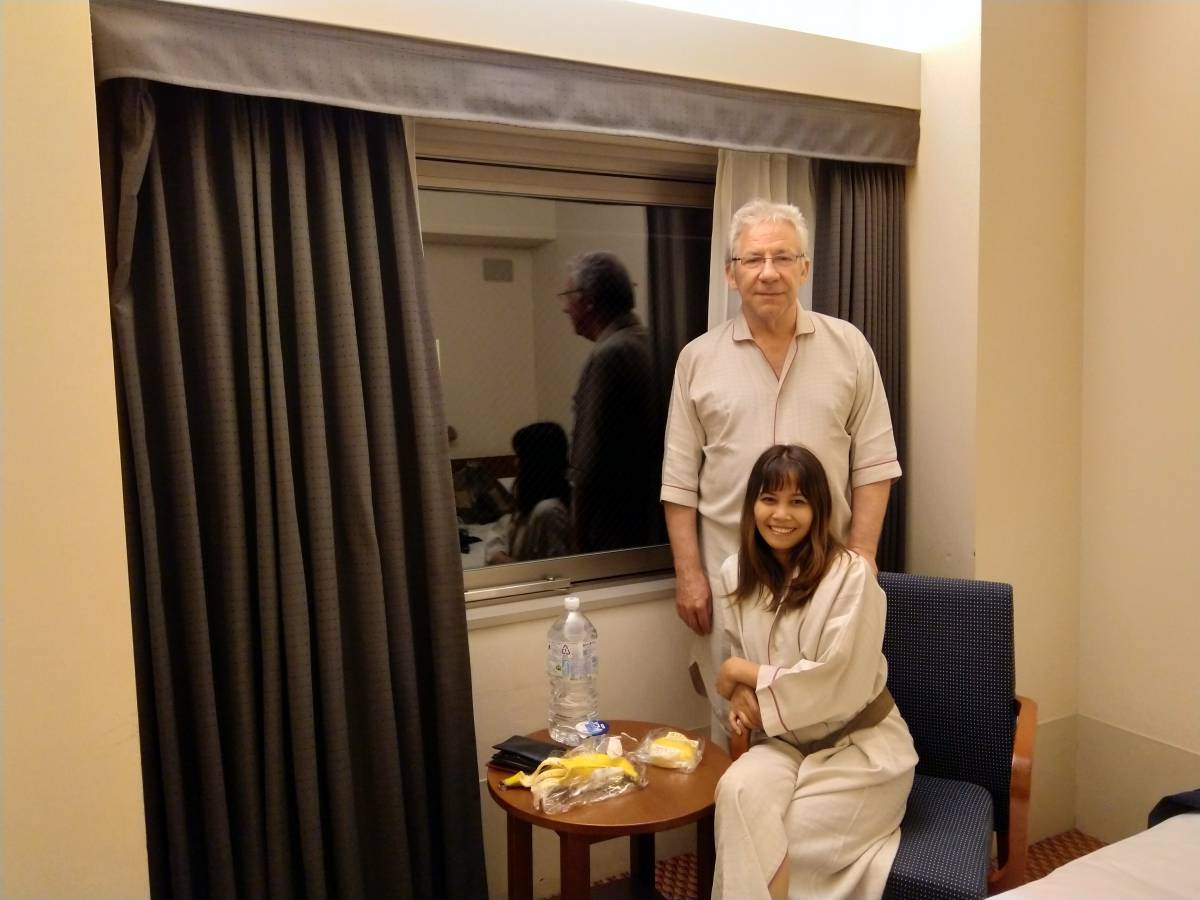
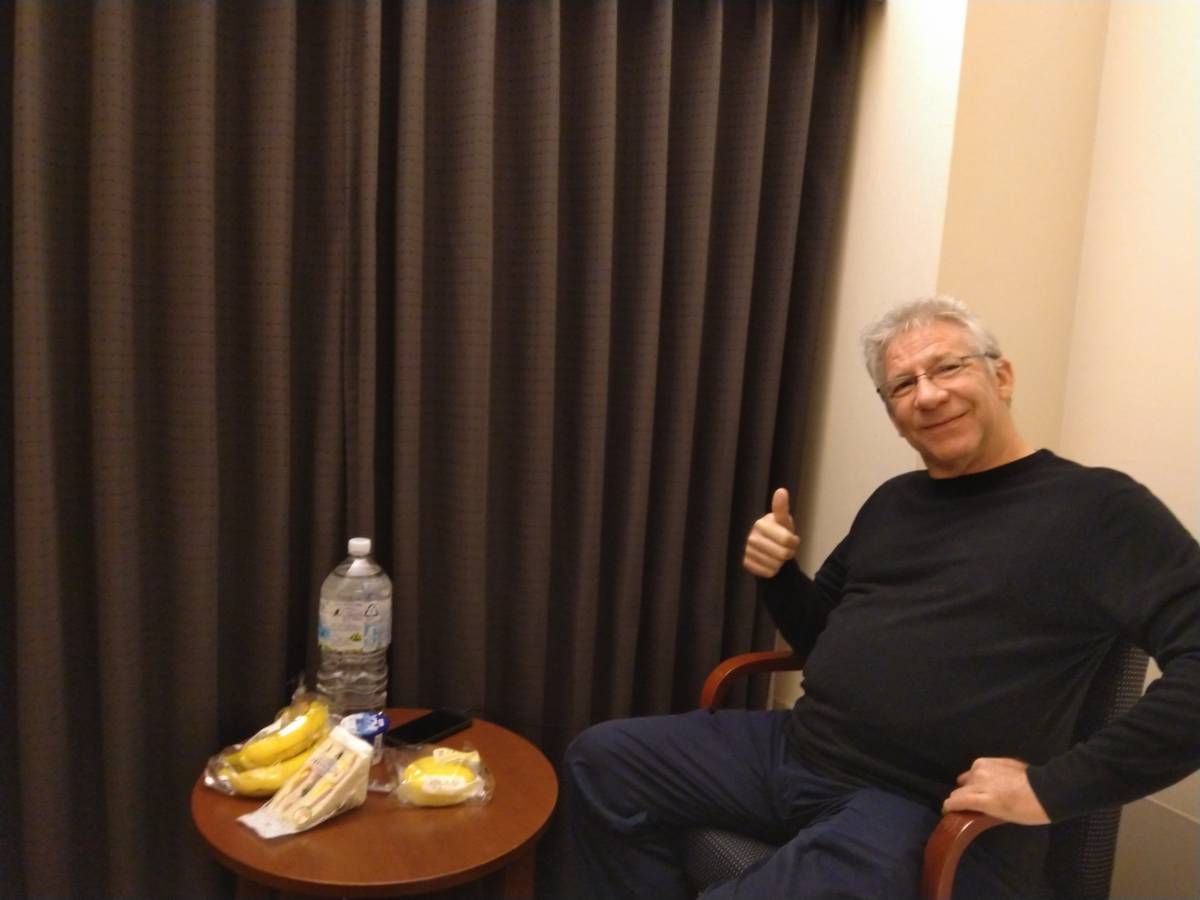


















.jpg)


































Comments powered by CComment